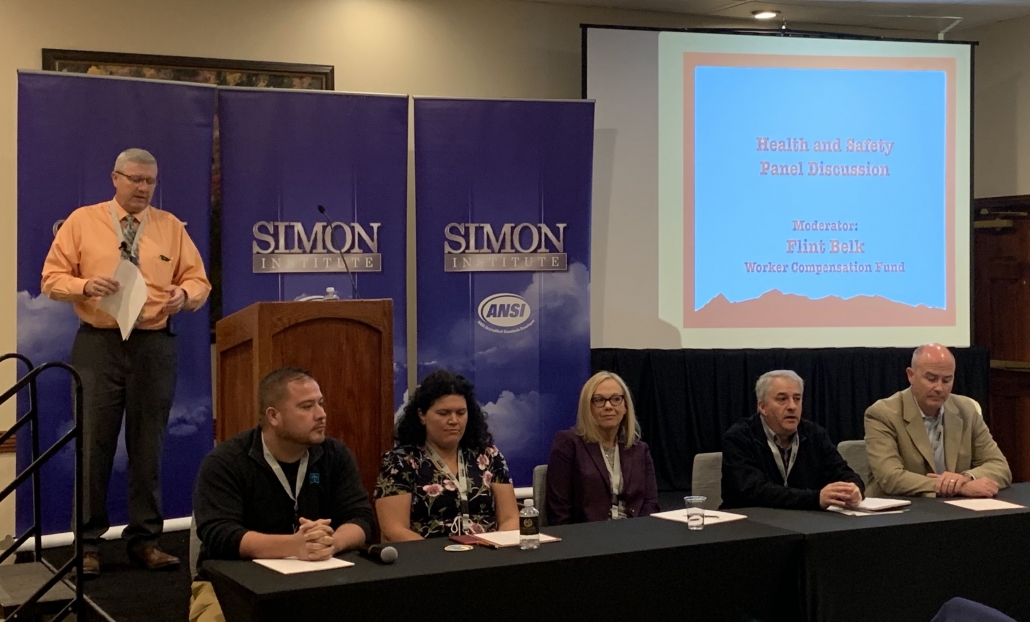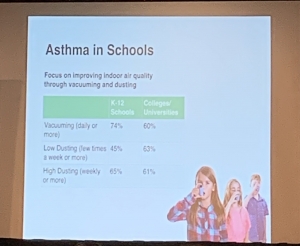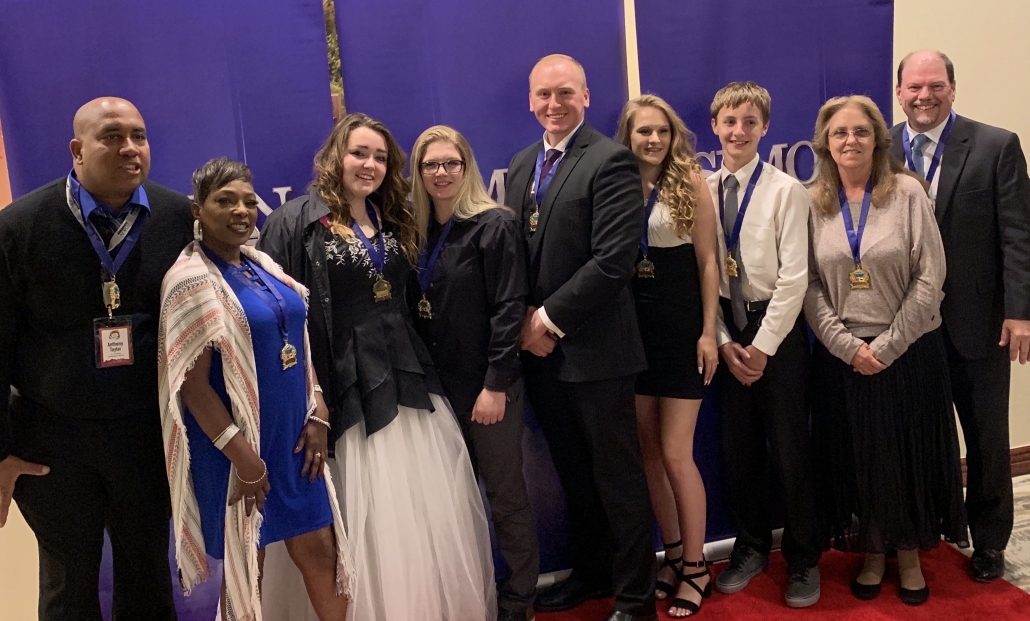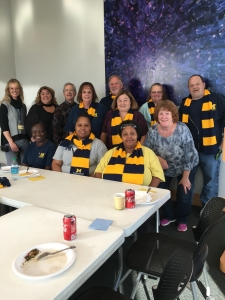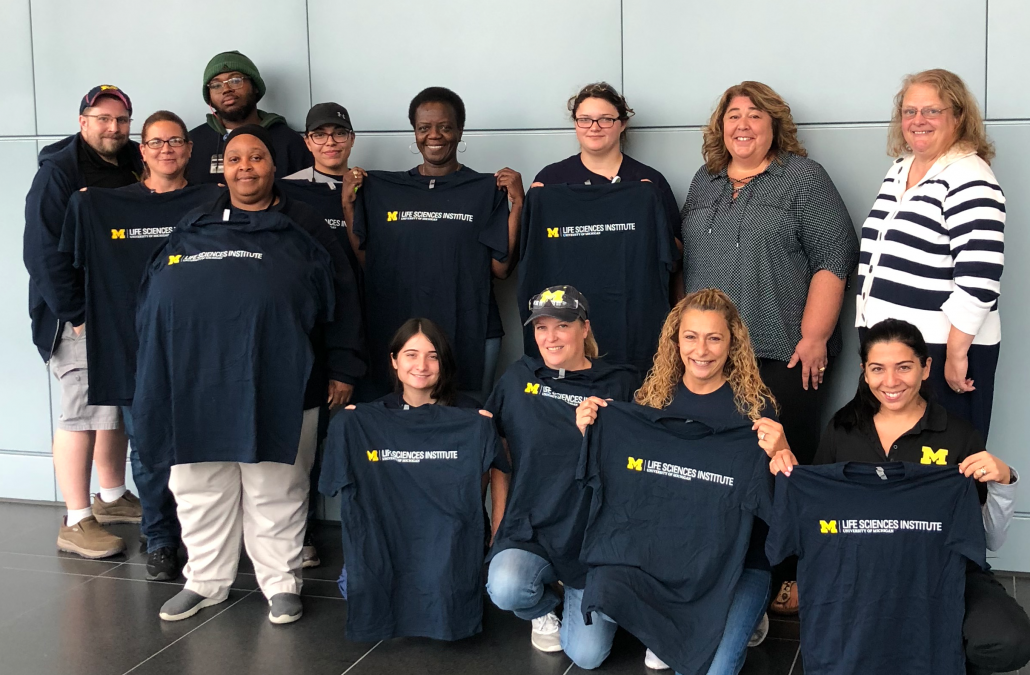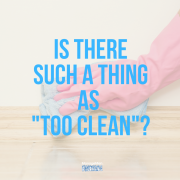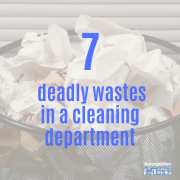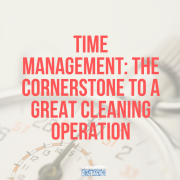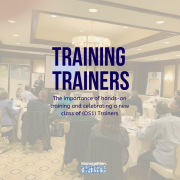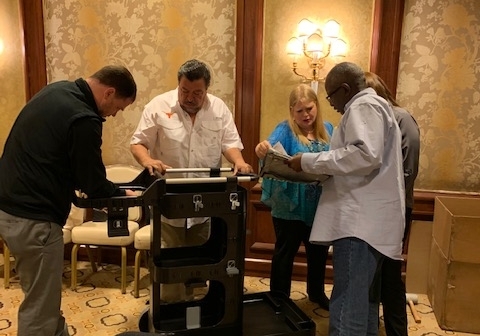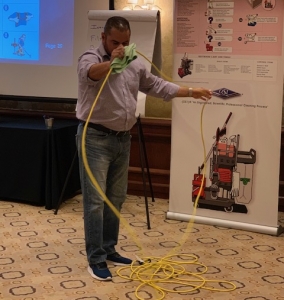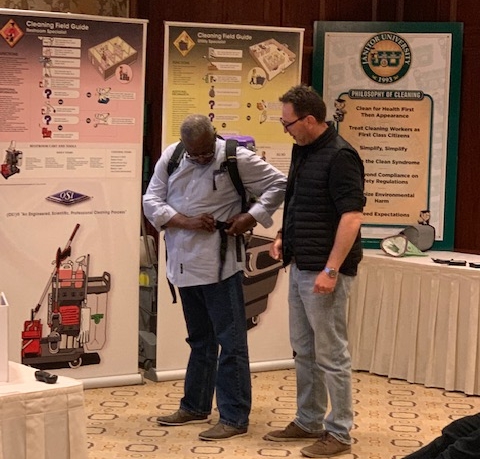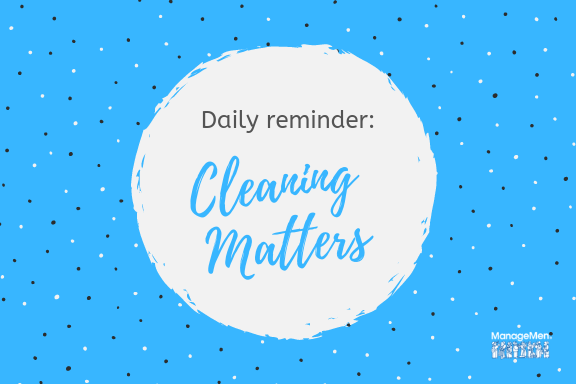Engaging Younger Workers: How the Provo City School District Trains High School Custodial Workers
Jeff Hawkins is the Director of Custodial Services with Provo City School District, which includes 18 schools — three high schools, two middle schools and 13 elementary. To clean the 2.5 million square feet in each of these buildings, the district employee 175 custodians. The majority of these custodians—or “sweepers” as they’re called locally—are high school students.
Yes, high school students.
Like most cleaning operations, turnover is also a major issue with this demographic. Jeff says that of the 175 custodial workers on his team, more than half stay for less than a year.
Many stay for just three to six months.
High turnover can be really costly for a business. But so can employee training. That said, many successful businesses, like McDonald’s, have been built using employees that leave in less than a year. Training is key to that success.
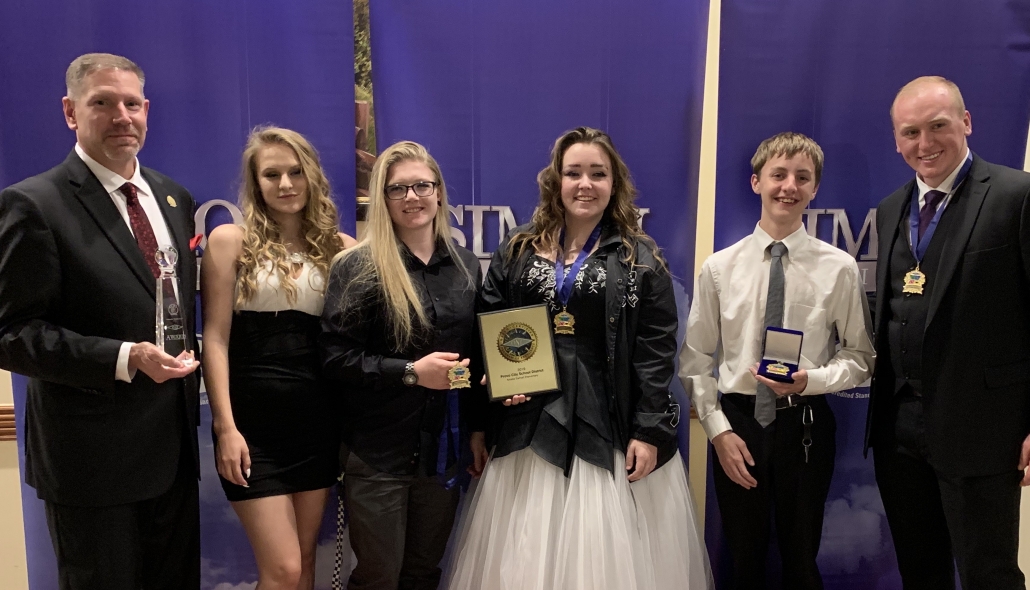
To maximize the amount of time students work for the department, Jeff works hard to target training to their interests. Basically, he finds creative ways to make custodial training more FUN.
“At the beginning of each school year, we kick things off with an event to get all of our staff excited for the job,” he says. “We create a party-like atmosphere that appeals to kids.”
That’s the key, says Hawkins.
There’s music. Pizza. Soda pop. Raffles. Games. Gift cards. We’d imagine that it feels more like spring break and less like work for most in attendance.
Hawkins has found a way to make work fun for the students. He also holds similar events throughout the year to keep them engaged. The result has been extremely positive, helping increase retention and building morale with workers.
Training Younger Workers: Jeff’s 5 R’s of Training Millennial Workers
Effective training is a key component of the (OS1) System. It’s why we make sure all (OS1) Trainers have passed rigorous testing to ensure their knowledge and capabilities. It’s why we provide workers with job cards to keep their responsibilities top of mind. It’s why we advocate for training that reaches all different learning types, like visual, auditory and kinesthetic.
With the demand for cleaning services on the rise and continued growth projected for cleaning workers, more organizations will need to focus their sites on training programs in the future.
Hawkins suggest that custodial professionals develop training programs around recognized motivators for younger generations.
These motivators might include achievement, recognition, emphasizing the value of the work, advancement and growth.
Something that would demotivate a younger worker might be heavy supervision.
As we look ahead, Hawkins offers the “5 R’s” of training younger employees, specifically, millennials:
- Research-based methods. Lectures are so yesterday! Group work and collaboration not only helps reinforce workers’ understanding and knowledge, it allows them to share with others. This approach is more appealing to Millennial mindsets. See how Jeff’s team collaborates with teachers on Earth Day below.
- Relevance: Use tools and technology that is relevant to what they are using, including mobile phone or tablet-based training tutorials.
- Rationale: Help workers understand why their work is so important. Provide studies and statistics that validate the impact of cleaning.
- Relax: Keep events warm and inviting. Make it inclusive for all ages and demographics.
- Rapport: Provide recognition and attention to workers. This not only builds relationships, but can also help them feel valued, which can reduce turnover.
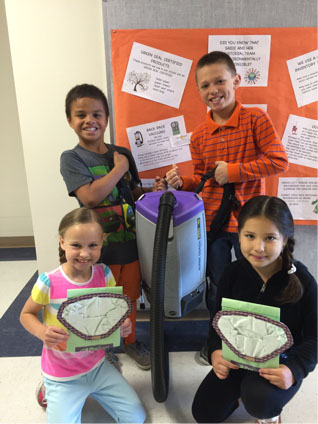
Beyond the Party: Collaboration and Education
Each year, PSD teachers host Earth Day activities to highlight the importance of sustainability and protecting natural resources. To encourage collaboration, Jeff challenges head custodians to help teachers share the message of how (OS1) supports sustainability by limiting the amount of packaging, inventory and waste in a typical cleaning program.
Custodians participate in the Earth Day classroom activities, talking to children and encouraging them to touch and try on equipment used throughout the custodial operation. They share how chemicals are pre-portioned to prevent waste, Green Seal Certified to protect the environment, vacuums filter the air for cleaner breathing, the benefits of using microfiber flat mops, etc. This collaboration captivates students and custodial workers alike, allowing them to teach and learn in a different way.
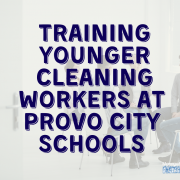
 Simon Institute
Simon Institute